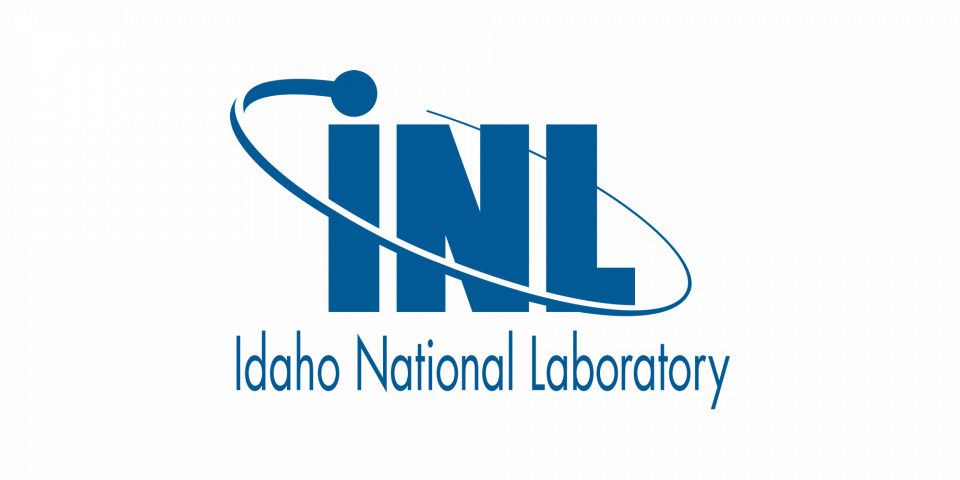Atoms: Space travel plans
Earthbound air travel can be a hassle, even for careful planners. So if you’re heading to the Moon or beyond, it’s time to shift your planning into hyperdrive. Our advice, when there’s no guidebook, no proven vehicle, and your destination is a moving target? Don’t forget to pack your nuclear power bank.









